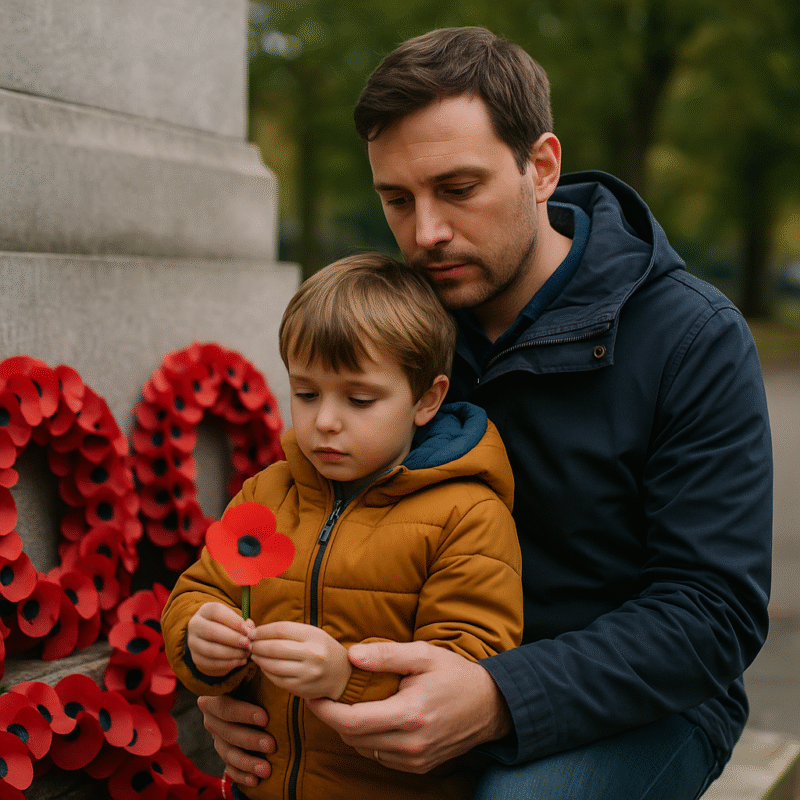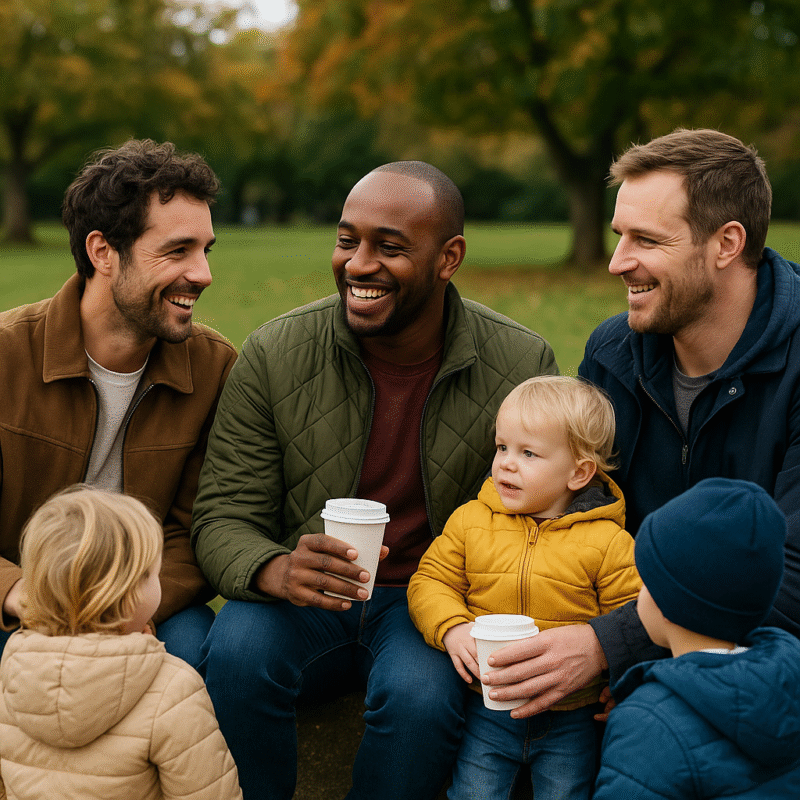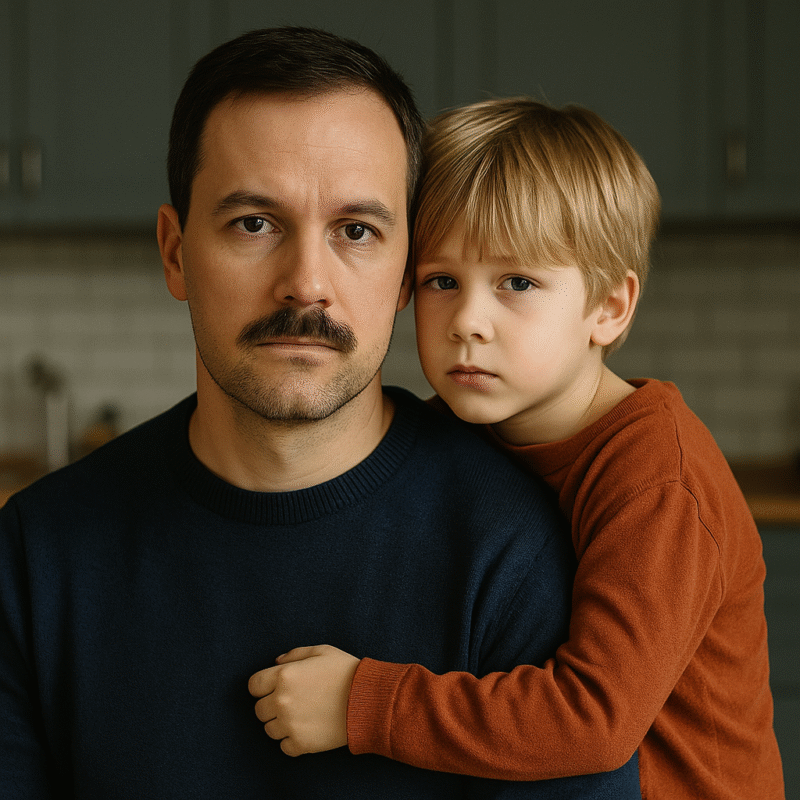Every year on the eleventh of November, people across the country pause for two minutes of silence.
For adults, the meaning of Remembrance Day is clear. But for children, it can raise a lot of questions; about war, bravery, and why we wear poppies.
These conversations are not always easy, but they are important. Talking about Remembrance Day helps kids understand the value of gratitude, kindness, and peace. It gives them a sense of connection to history, and to the people who made sacrifices so others could live freely.
Here is how you can talk about it in a way that feels honest, calm, and age appropriate.
Start with simple stories
Children do not need to know every detail of war to understand its meaning.
Start by explaining that Remembrance Day is when we remember brave people who worked hard to keep others safe.
For younger children, you can say something like, “It is a special day to thank the people who looked after our country.”
For older kids, you can talk about the soldiers who fought in wars long ago, the families they left behind, and the lessons we have learned about peace and respect.
Stories help make it real. You might share about a great grandparent who served, or talk about how local memorials and parades honour those who protected others.
Explain the poppy
Kids often notice the red poppies before anything else, and it is a great starting point.
You can tell them the poppy grew on fields after the First World War and became a way to remember those who worked to keep others safe.
Wearing one is a simple way to show respect and to say thank you to those who helped during difficult times.
Talk about bravery
Bravery is not just about soldiers.
It is also about everyday people who do the right thing even when it is difficult; doctors, teachers, firefighters, carers, and parents too.
Remembrance Day is a good time to remind kids that courage often means helping others, standing up for what is right, or showing kindness in hard times.
Encouraging kids to recognise bravery in small, everyday moments helps them connect the past with their own world.
Acknowledge loss gently
If your child asks about death or loss, it is okay to be honest while keeping the language soft.
You can explain that war caused sadness for many families because some people did not come home, and that is why we take time to remember them with love and respect.
Reassure them that today is also about hope; about learning from the past to build a better future.
Encourage gratitude
Remembrance Day is also a chance to talk about being thankful.
You can ask your child what they are grateful for their family, their home, their school, or their friends.
Gratitude helps children feel grounded and positive, especially when the world can sometimes seem uncertain.
Simple acts like drawing a poppy, writing a thank you note, or standing quietly together during the two-minute silence help children understand that remembrance is not just about looking back, but about appreciating what we have today.
Show them remembrance in action
If you can, take your child to a local service, parade, or memorial. Seeing people come together helps them understand that remembering matters to everyone, not just to their family.
Watching others stand quietly or lay wreaths makes the idea of respect real and meaningful.
Even if you stay at home, you can still take part by watching the coverage on TV or making your own small act of remembrance — lighting a candle, saying thank you, or simply taking a quiet moment together.
Final thought
Talking about Remembrance Day with your kids is not about teaching history lessons or focusing on war.
It is about helping them see the importance of empathy, gratitude, and community.
It is about showing them that being brave and kind can change the world, just as it did for those we remember.
Because the greatest lesson of Remembrance Day is not only about what was lost, but what we have learned to cherish.









